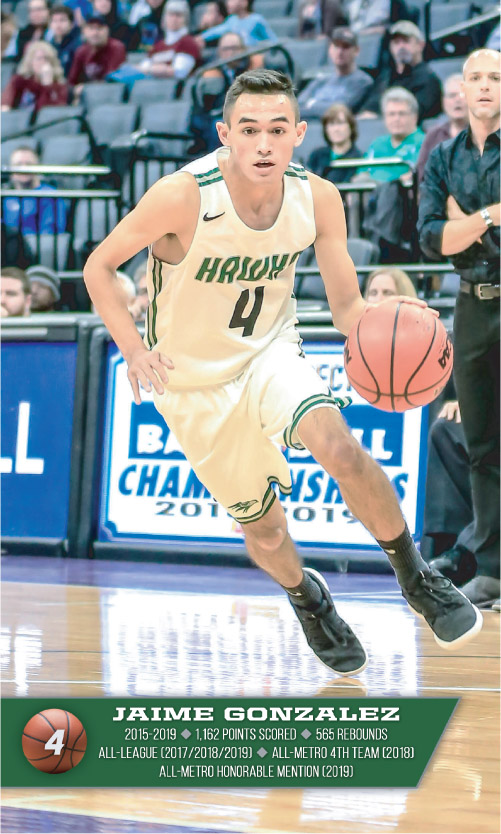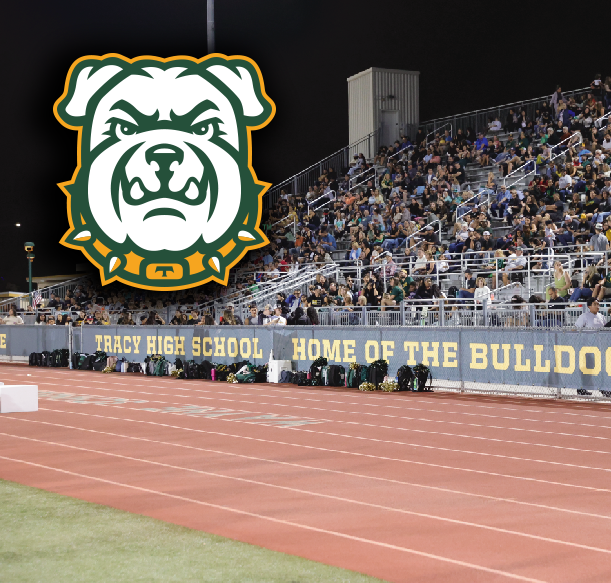Five Top Reasons for Off-season Training.
1. Improve General Strength
2. Improve Coordination
3. Improve Movement Patters
4. Strengthen Aerobic Energy
5. Prevent Injuries
In a nutshell, improve performance and PREPARE FOR NEXT YEAR.
Most sports have an offseason. A time when athletes can relax and not have the pressure of competition weighing down on them. A time to take two or three weeks to rest and enjoy other aspects of their life. But, after these two or three weeks it’s time to start training again.
The worst thing an Athlete can do in the offseason
The worst thing an athlete can do is spend their entire offseason lying about and losing the edge they worked so hard to build in the previous months. The offseason affords every athlete the opportunity to work on weaknesses identified in competition the previous year. To make themselves stronger and more focused for the tasks ahead, and be in better shape than ever before when training camp starts next season.
Off season programs should be developed depending on the type of sport. For example, if you play basketball or soccer or other sports that require quick change of direction, ankle strengthening exercises would be appropriate. Quadriceps strengthening exercises for runners and cyclists. Sports-specific drills will also help the athlete become more proficient at their sport.
Let’s look at the reasons for offseason training.
1. Improve General Strength.
Every sport, from Tennis to Football requires strength. The more strength you have the harder you can serve the ball, block the lineman or run the bases. Offseason strength training lets you work on the weak areas identified during actual competition. You have the time to focus and bring that underperforming area up to the level it needs to be while improving the overall strength and stamina of your entire body.
2. Improve Coordination.
Balance and coordination skills are necessary for everyday tasks but become even more important for athletes. Good balance requires the control of many diverse muscles to carry out activities in their sports. Coordination skills include eye-hand coordination, bilateral coordination and smooth, controlled movements of the body.
There are a number of simple exercises that can help improve an athlete’s coordination. These exercises include activities such as playing catch or jumping rope. Other exercises that help with coordination are leg lifts, squats, or balancing on one leg. Each athlete will require a separate set of exercises based on their individual traits and in which sport(s) they participate.
3. Improve Movement Patterns
Motor control is what leads to improved movement patterns. And, the most important characteristic of improved motor control is understanding every movement is a skill. Every physical task we perform is a learned skill, we just take most of them for granted. The best way to develop skills is by presence and practice. Every single rep of every single movement needs to be performed with purpose and presence.
In Coach Robert Camacho’s article Motor Control And Movement Patterns: A Must-Read For Athletes he lists the 5 best ways to improve your motor control.
1. Acknowledge and respect that every movement is a skill.
2. Be present and purposeful in your movements. Don’t be distracted.
3. Try not to overly rely on external coaching. Spend more time listening to your body.
4. Prioritize skill practice and acquisition over the pursuit of numbers. Master the skills that drive the process and the results will follow.
5. Utilize muscle activation drills to teach yourself what muscle activation feels like. Practice using that new feeling while performing more complex movements.
4. Strengthen Aerobic Energy.
Aerobic means “with oxygen”. Simply put, aerobic energy systems are systems within the body where energy is generated from oxygen. Strong aerobic systems means your body will operate at higher levels and become more efficient at burning calories and generating energy. Something every athlete needs.
Anaerobic means “without oxygen” and the exercises involve the generation of energy in the absence of oxygen. Exercises such as sprinting and weight training require moving at a faster pace and with greater effort than aerobic activities. As a result oxygen cannot be delivered quickly enough to muscle cells. This is where carbohydrates become the main source of energy.
Aerobic training can be generalized for most athletes but may require tweaking based on the individual athlete’s physical condition and sport(s) they are participating in. To determine the athlete’s aerobic training maximum heart rate, the general practice is to subtract their age from 220. For example, an 18 year old athlete would have a heart rate zone of 202, (220 minus 18). This rate will vary by athlete depending on their individual fitness level and physical factors.
Benefits of Aerobic Fitness
• Improve blood pH balance, which can improve systemic trigger points.
• Lower resting heart rate, which will improve exertion for activities.
• Boost capacity and output for energy stores to take from the aerobic energy stores within your body, which will improve energy production for daily activity and training.
• Improve specific cardiovascular function.
Aerobic exercise should be for 30 to 60 minutes, three to five times a week. You should use large muscle groups repetitively for a sustained amount of time.
Some examples of aerobic exercise are:
• Running
• Swimming
• Cycling
• Stair Climbers, Steppers, Ellipticals
• Aerobic dance
5. Prevent Injuries
Studies have shown strength training can reduce sports injuries by 2/3 and overuse injuries by almost 50%. A proper training regimen targeting cardiovascular conditioning, and sports-specific muscle strengthening is extremely important in injury prevention. It should be tailored to each individual. An athlete shouldn’t rely on just participation in their sport as a means to get into and remain in the appropriate shape to effectively participate. This make a strong case for all athletes to participate in an off-season training routine that helps reach and maintain a fitness level suitable for participation in their chosen sport.






